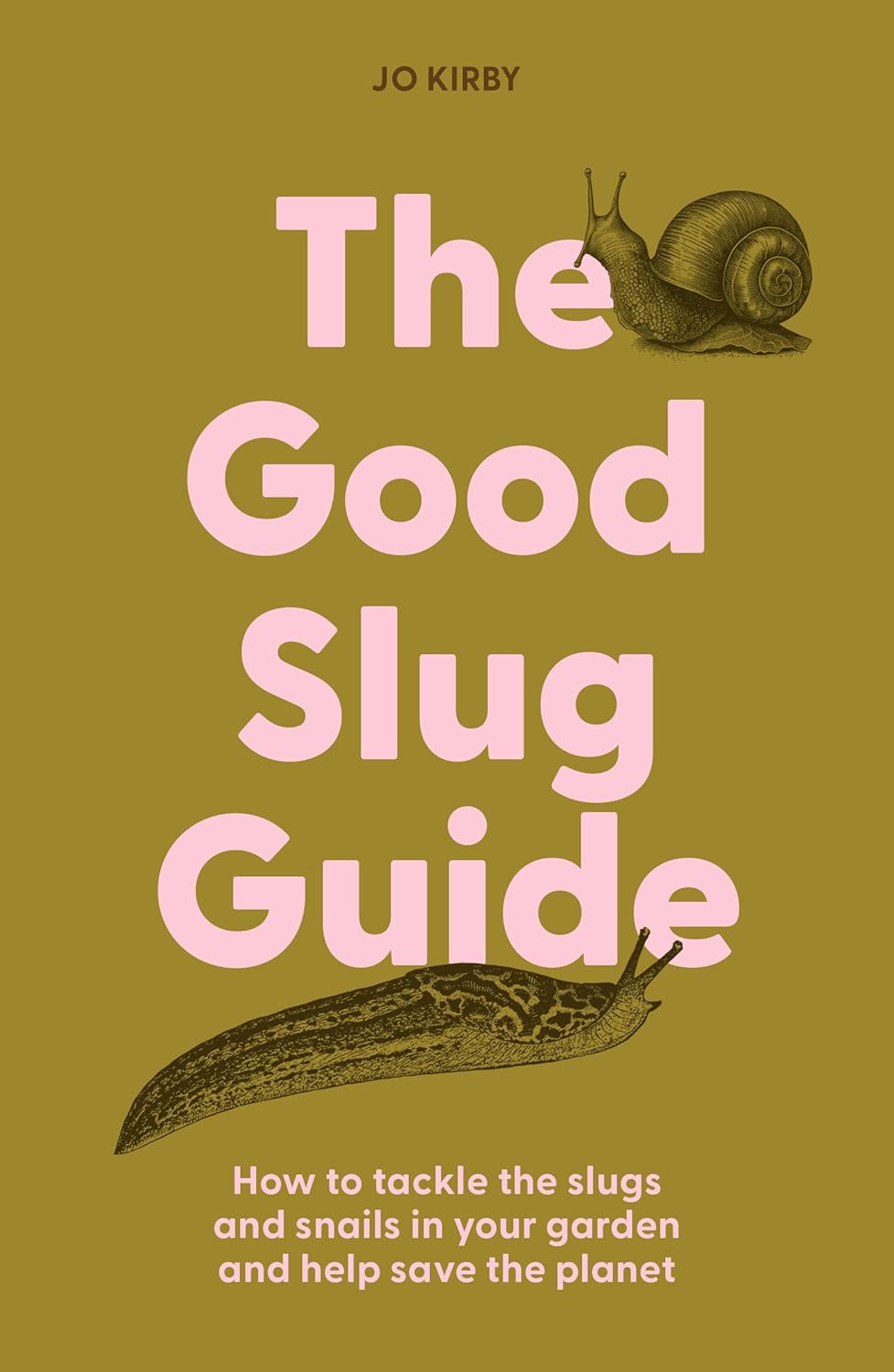Jo Kirby
Published by Gemini Books Ltd
2024
ISBN: 9781914902253 (hardback)
How to tackle the slugs and snails in your garden and help save the planet
Reviewed by Richard Harrington
First, this is very much a book for entomologists as well as malacologists. Indeed, it is also a good read for herpetologists, ornithologists and mammalogists, for the creatures of desire of all these people eat slugs and snails, and readers of this excellent book are sure to pick up new information.
The book has five chapters. The first introduces us to slugs and snails, their evolution and ecology, and runs through those found in the UK (43 and rising) and what they eat. The second chapter gives a history of control methods, leading to the notion that, given the right conditions, it can all happen naturally. There is a ‘whodunnit’ box, which will help you identify what has attacked your garden molluscs.
By far the longest chapter, comprising 67 of the book’s 143 pages, is about natural enemies of slugs and snails. These are many and diverse – I had no idea. For starters, several molluscs eat other molluscs. Beetles (of many families) are best. The oft-touted suggestion that hedgehogs, frogs and toads are pretty much all you need is firmly slapped down, as these often eat the beetles that would otherwise eat the molluscs, sometimes exacerbating the problem. Jo recognises, though, that these creatures also need our help and that there is a balance to be struck. Then there are shrews, rodents, Slow-worms, Song Thrushes, Starlings and 33 other birds, even domestic poultry. Returning to insects, various flies do their bit. In the leaf-litter lurk vampire mites, spiders, centipedes and harvestmen. How do fragile-looking harvestmen hold sway with slugs and snails? Finally, Jo describes the role of the tiny – nematodes, microsporidians and fungi. Chapter 4 comprises just four pages, succinctly explaining how this vast range of natural enemies co-exist through niche partitioning, and what all this means in terms of how we should set out facilitating biocontrol in our gardens.
The final chapter is intriguingly titled ‘Our invisible new friend’. This friend is resilience, defined as the ability of communities to bounce back from perturbation. Resilience emanates from complexity. The theory underlying complexity (or network analysis) is explained. In essence, the profusion of the natural world springs from just three or four basic rules, the consequences of which can’t be predicted simply by looking at the rules themselves.
An appendix provides a list and brief notes on the 75 recorded natural enemies of UK slugs and snails.
The take-home messages are that diversity is all-important, that disturbance should be kept to a minimum and that patience is needed for your new, environmentally friendly methods to bed in. Give it three years. The approach requires a culture shift, and many traditional gardeners will not buy into it, but there is undoubtedly an increasing proportion who will, and this persuasive book will help ensure that.


